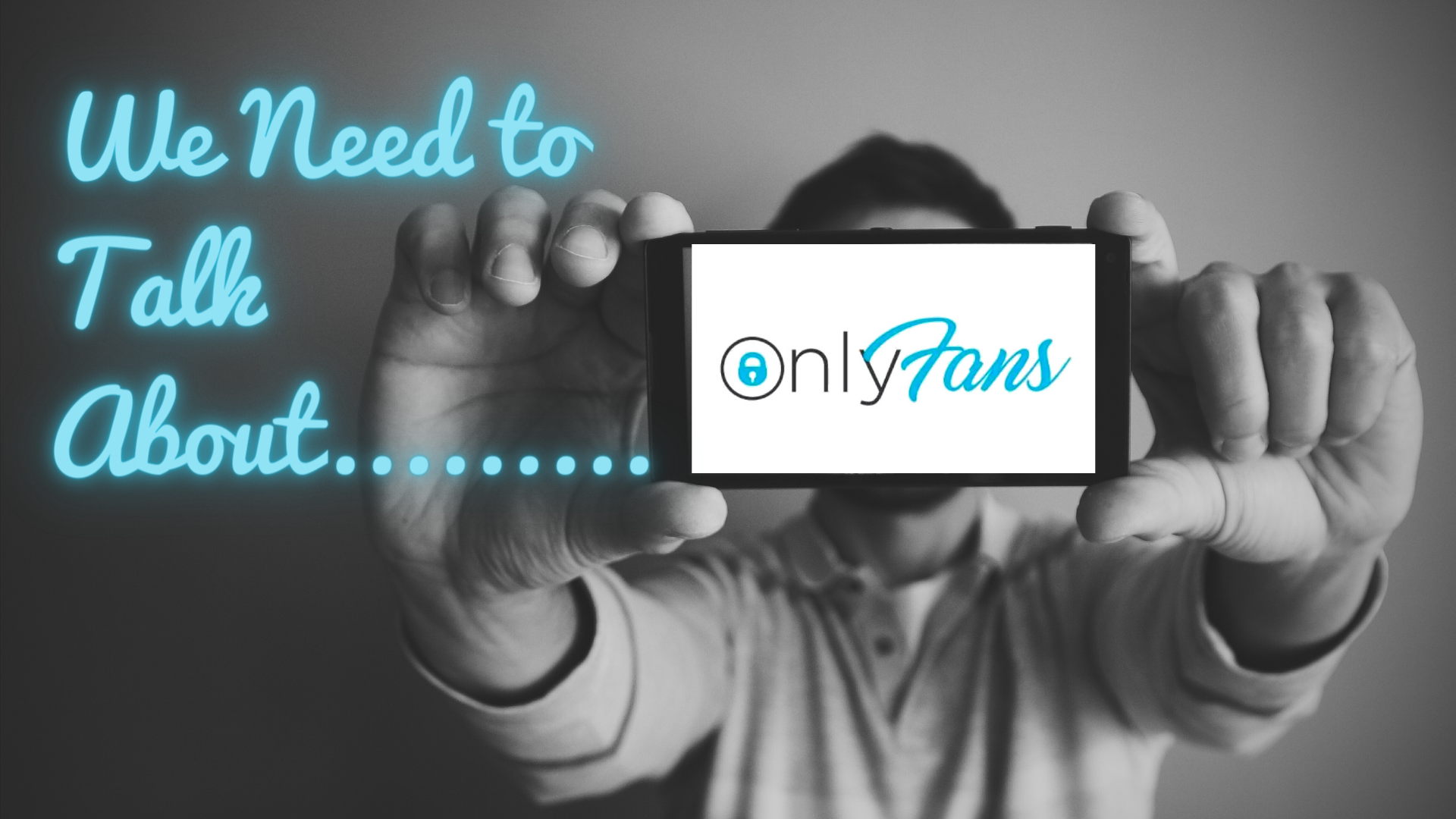#1 The stats don’t lie.
Victims are being harmed online and via technology at historic rates. There are a ton of statistics out there, so we’ll just mention a few. The National Domestic Violence Hotline has seen a 146% increase in digital abuse calls the past two years. 1 in 12 people are victims of nonconsensual pornography (aka revenge porn). Older Americans (60+) are the #1 targets of cyber crime (aka elder abuse). 59% of teens now report being victims of cyberbullying. These signs cannot, and should not, be ignored.
#2 This problem isn’t going away. In fact, it’s getting worse.
Our dependence on technology is at an all-time high, with no signs of slowing. 81% of U.S. adults are online daily and 94% (ages 18-49) own a smartphone. Victims rely on their devices and online accounts to communicate, shop, work, pay for things, date, engage with their communities and more. It makes sense this is where and how they are being harmed. As we usher in an age of new technologies — smart homes, facial recognition and virtual reality — this problem is only expected to worsen.
#3 You don’t need to be an expert to engage with technologies being used to harm someone and make difference.
Technology-enabled abuse is not some new form of abuse. It is simply the way familiar forms of abuse — stalking, harassment, threats, impersonation, etc. — are perpetrated via technology. Victim serving organizations, such as those in law enforcement, human services, education, healthcare and the military, are built to address these familiar forms of abuse.
And here’s the thing — the majority of perpetrators are not cyber experts. At best, they are tech-savvy. More likely, they lack tech expertise and exploited an opportunity due to a personal connection (intimate partnership, friend or family member) to the victim. If the perpetrators aren’t experts, then those assisting victims needn’t be experts either.
For inquiries about EndTAB’s trainings and resources, contact us here.





